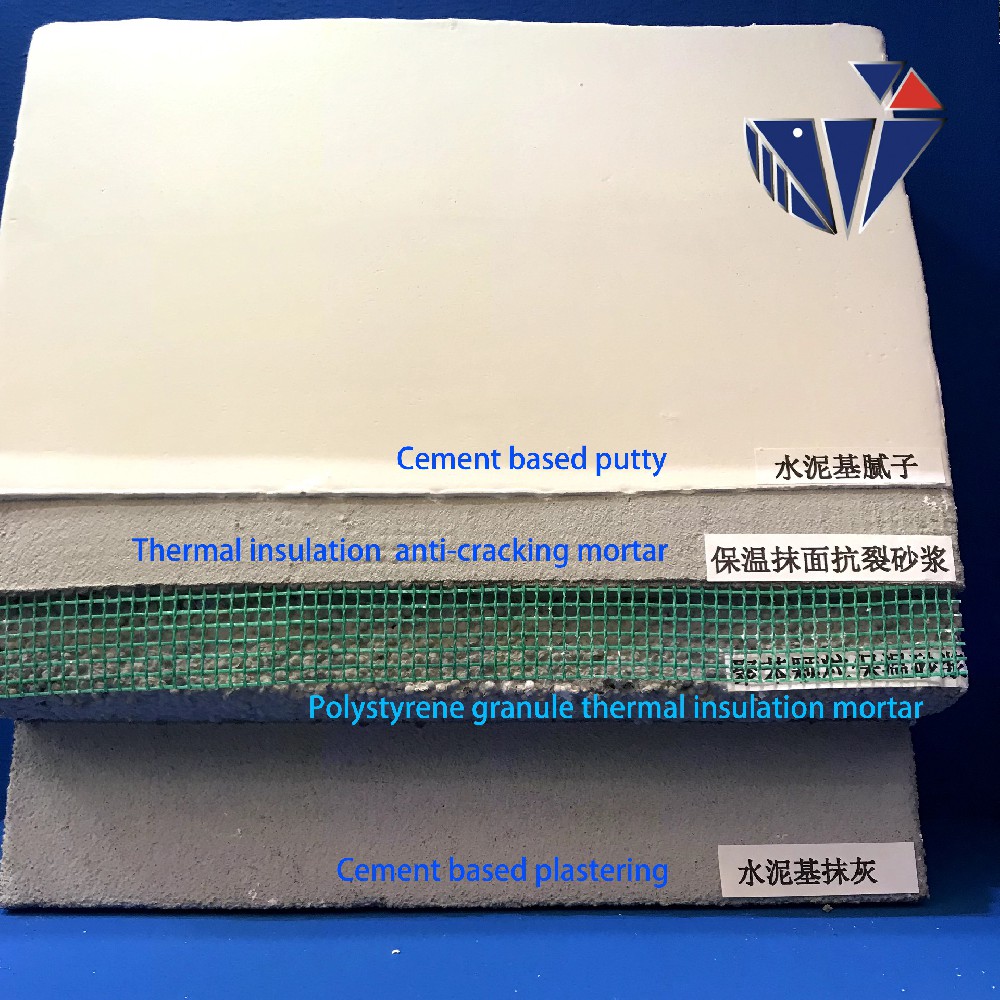
Oct . 30, 2024 20:03 Back to list
china hpmc-hydroxypropyl methyl cellulose
Understanding Hydroxypropyl Methyl Cellulose (HPMC) and Its Applications in China
Hydroxypropyl Methyl Cellulose (HPMC) is a versatile, non-ionic cellulose ether widely utilized across various industries due to its unique properties. In China, HPMC has found substantial applications in sectors such as construction, pharmaceuticals, food, and personal care, owing to its excellent binding, thickening, and film-forming abilities.
What is HPMC?
HPMC is synthesized from natural cellulose, which is derived from wood pulp or cotton. The chemical modification involves the introduction of hydroxypropyl and methoxy groups into the cellulose structure. This modification significantly enhances the solubility and functionality of cellulose, making HPMC an ideal compound for a variety of applications.
Properties of HPMC
One of the most remarkable properties of HPMC is its ability to dissolve in cold water, forming a viscous solution. This property makes it an excellent thickening agent, allowing it to be used effectively in many formulations. Additionally, HPMC is characterized by its good thermal stability, surfactant compatibility, and ability to form films, further expanding its application range.
Applications in Construction
In China, the construction industry heavily relies on HPMC as a key additive in cement-based products like plaster, tile adhesives, and mortars. Its inclusion enhances the workability of these materials, allowing for better adhesion and improved water retention. This results in enhanced durability and performance, which is crucial for the rapid urbanization trend seen in China.
Pharmaceutical Uses
china hpmc-hydroxypropyl methyl cellulose

HPMC is also prominent in the pharmaceutical sector, where it serves as an excipient in drug formulations. It is used in tablet formulations and as a thickening agent for liquid dosage forms. Its ability to control the release of active ingredients makes it particularly valuable in developing sustained-release formulations, thereby improving patient compliance and therapeutic efficacy.
Food Industry Applications
In the food industry, HPMC is used as a food additive to improve texture and stability. It acts as a thickener, emulsifier, and stabilizer, making it indispensable in products like sauces, dressings, and baked goods. Its non-toxic nature and compatibility with various food ingredients further enhance its desirability in food processing in China.
Personal Care and Cosmetics
The personal care industry in China has also embraced HPMC for its versatility. It is utilized in cosmetics and personal care products as a thickener and binder, providing desirable textures and enhancing the feel of products. From lotions to shampoos, HPMC plays a pivotal role in product stability and performance.
Environmental Aspects
As environmental regulations tighten, the demand for eco-friendly additives has surged. HPMC, being derived from natural cellulose, aligns well with this trend. Its biodegradable nature makes it a favorable choice for manufacturers looking to minimize their ecological footprint while still delivering high-performance products.
Conclusion
Hydroxypropyl Methyl Cellulose is a crucial component across various industries in China, contributing to enhanced product performance and stability. Its wide range of applications—from construction and pharmaceuticals to food and personal care—highlights its versatility and importance in modern formulations. As industries continue to evolve and embrace sustainability, HPMC is poised to remain a valuable commodity for years to come, driving innovation and efficiency in multiple sectors.
-
Versatile Hpmc Uses in Different Industries
NewsJun.19,2025
-
Redispersible Powder's Role in Enhancing Durability of Construction Products
NewsJun.19,2025
-
Hydroxyethyl Cellulose Applications Driving Green Industrial Processes
NewsJun.19,2025
-
Exploring Different Redispersible Polymer Powder
NewsJun.19,2025
-
Choosing the Right Mortar Bonding Agent
NewsJun.19,2025
-
Applications and Significance of China Hpmc in Modern Industries
NewsJun.19,2025







